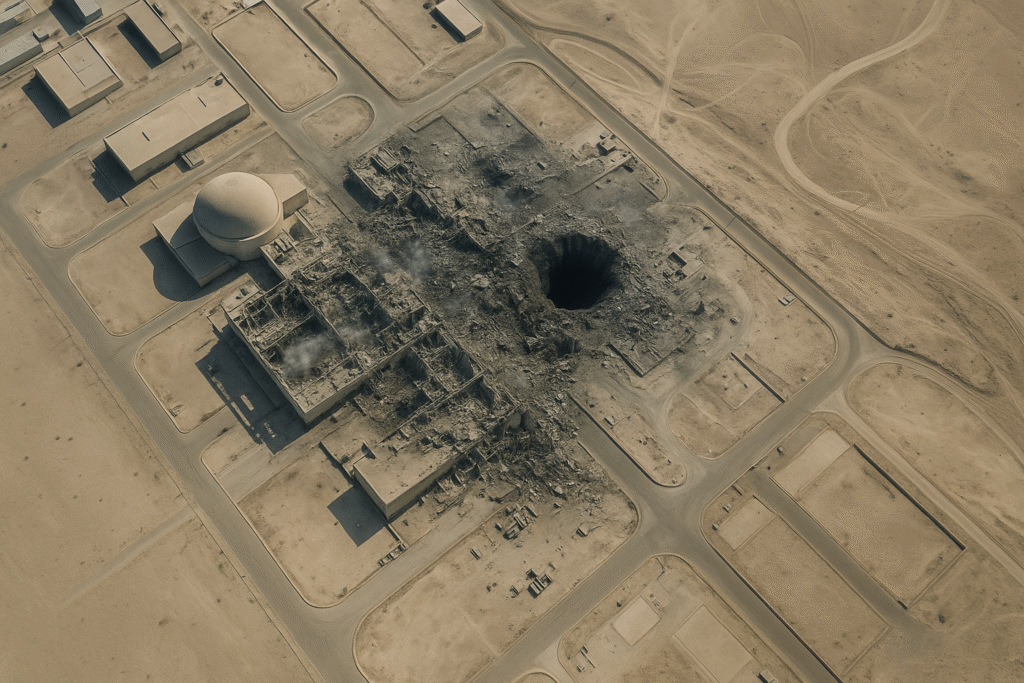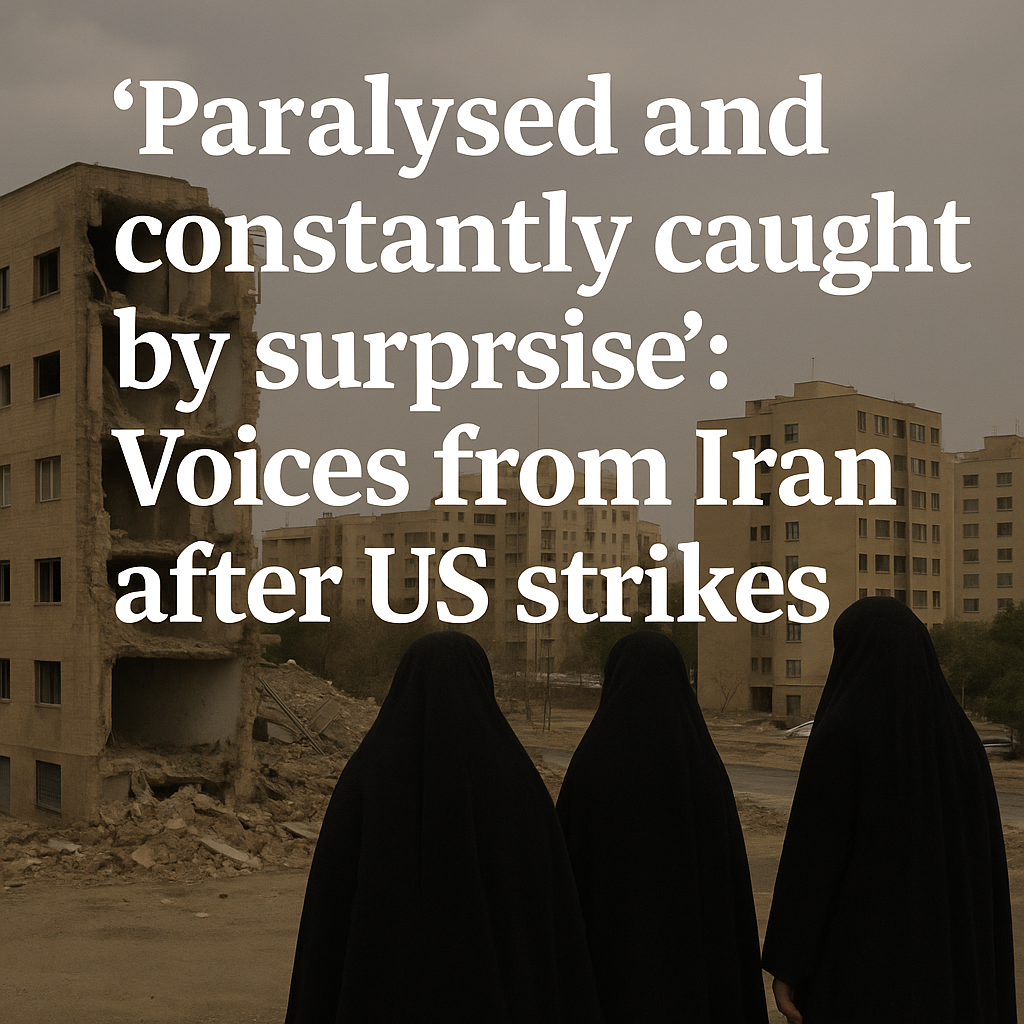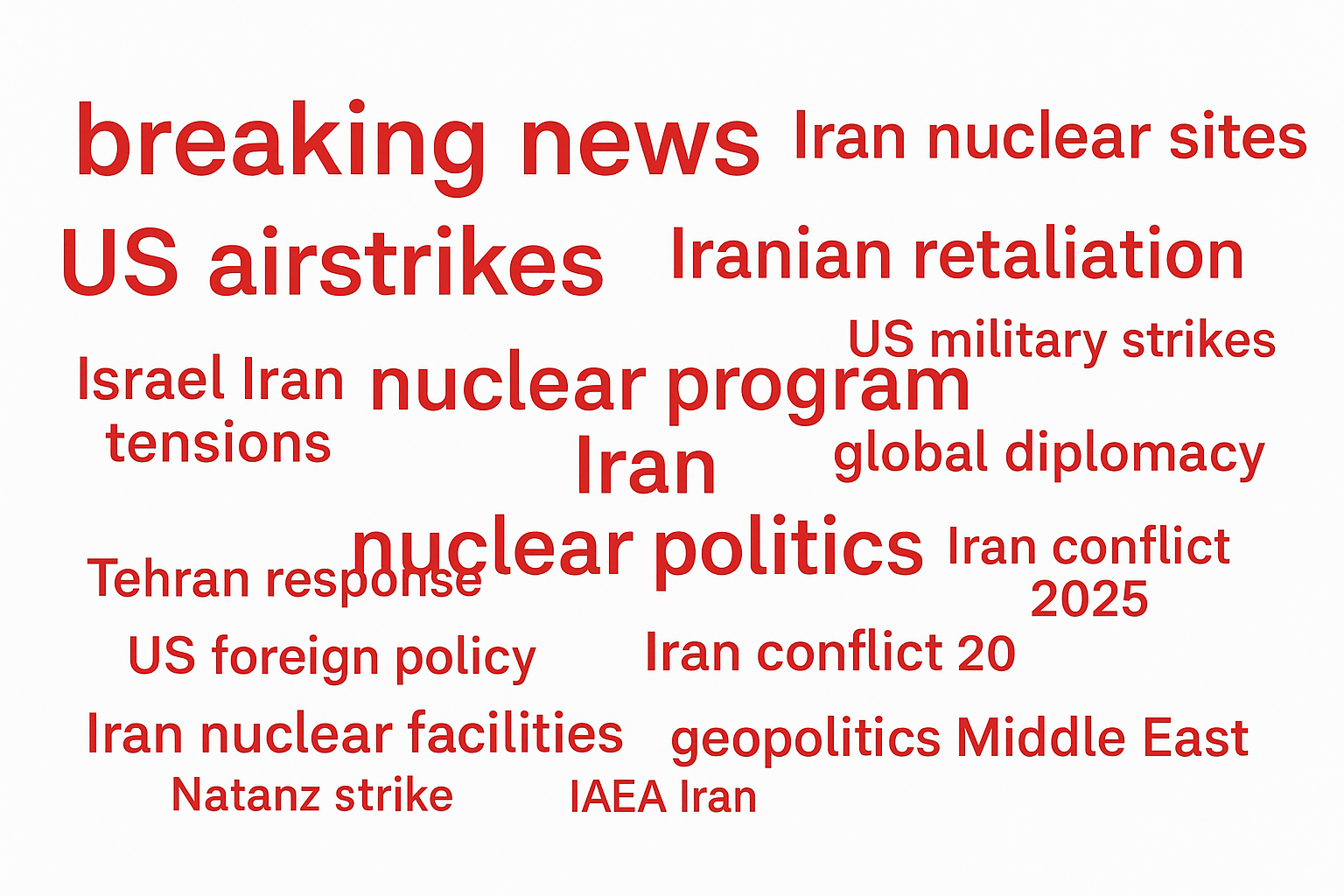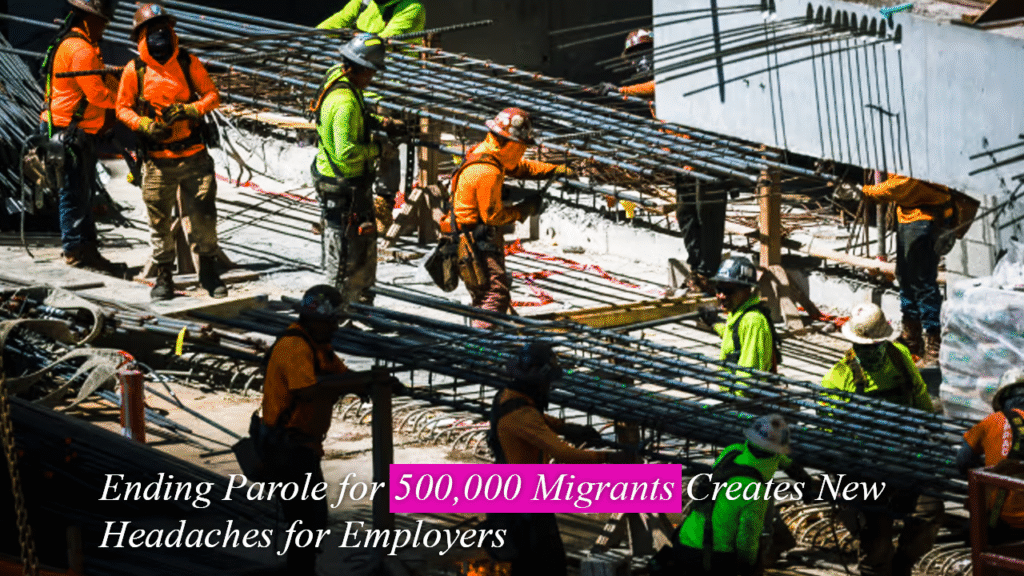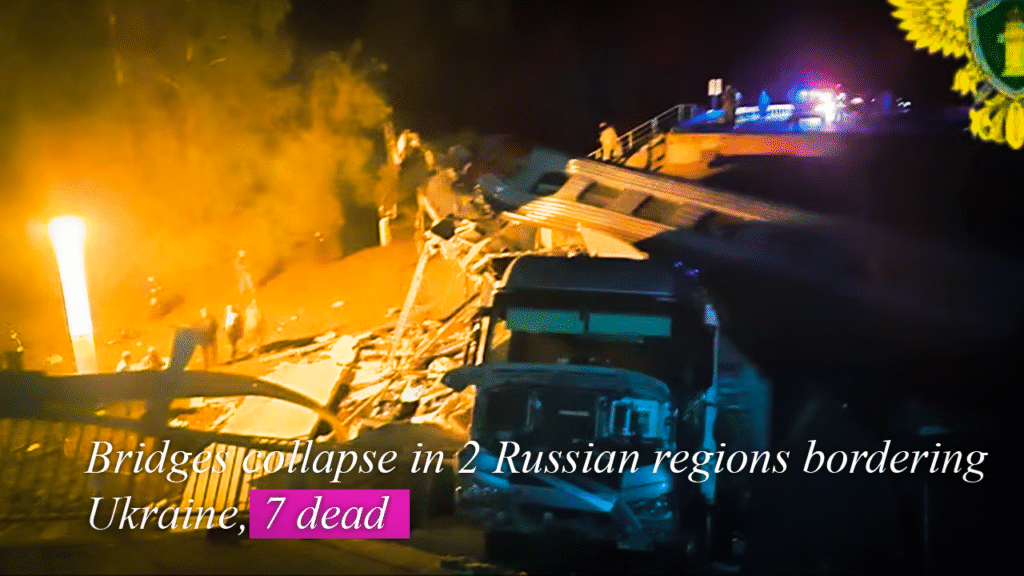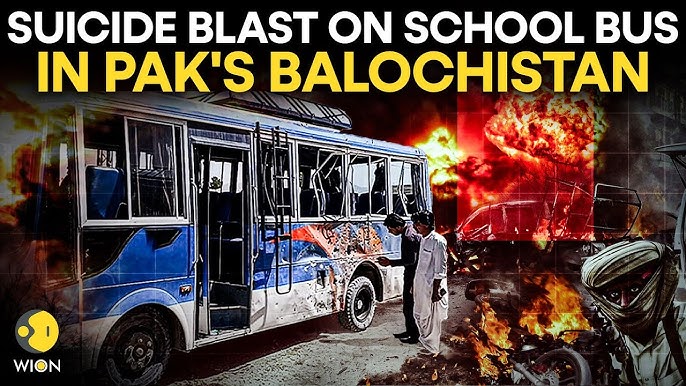Bridges collapse in 2 Russian regions bordering Ukraine, 7 dead
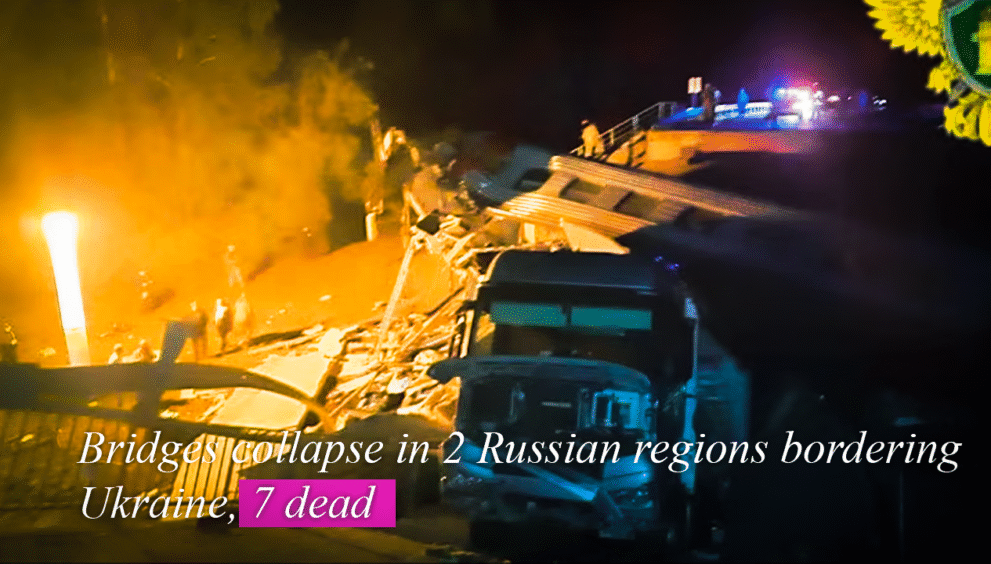
Bridges Collapse in 2 Russian Regions Along Ukraine Border, 7 Dead
A Catastrophic Event Took Place in the Kursk and Belgorod Provinces
Two of the most strategically valuable regions in western Russia, Belgorod and Kursk, suffered catastrophic bridge collapses that cost seven lives. Not only did the catastrophes result in this human loss of life, but they also severely affected critical transportation channels, supply lines required for the distribution of goods, and infrastructure overall required for regional emergency responses. Considering the reality that the regions involved border Ukraine, the geopolitical implications of these incidents are huge and multifaceted, involving a range of implications that can potentially influence the stability of the wider region.
Belgorod Bridge: A Fatal Instance of Structural Collapse Resulting in Death
In the Belgorod Oblast province, a critical and essential bridge, located on a road that witnesses an immense volume of traffic, collapsed abruptly without any notice. This surprise accident saw a large number of vehicles fall into the river below the bridge. Initial investigations are indicating structural fatigue as the reason behind this disaster, something that has been compounded by the recent movement of military vehicles that have put excessive and undue weight on the old structure, something that has been left in a state of poor maintenance over several decades.
The Kursk Bridge: A Significant Destruction Amid Rising Tensions
Less than a few hours after the initial collapse, a second one occurred in the Kursk province, once more resulting in the devastating loss of lives. This bridge was on a highly important logistics route and is situated close to the border with Ukraine, a region that has seen more of a military presence over the last few months.
Casualties: 3 individuals killed, 6 injured seriously
Eyewitness Accounts: Many people have described hearing “a loud rumble” that resonated through the air, and the eerie sight of “cracks starting to form just before the collapse happened.”.
Speculation: Sabotage, although this is not ascertained by the authorities
Effect on Regional Infrastructure and Transport
The destruction of two major bridges has brought local transport to a complete standstill, including military and commercial roads utilized for supply convoys. Emergency services have been diverted, and civilian traffic has ground to a halt.
Routes that are currently closed are creating huge disruption in the supply chain.
The major roads that previously facilitated the connection of the rural towns to the central areas are now completely impassable due to several factors. In the farm-rich regions of Belgorod, the regional farmers and producers now have to endure massive delays in the transportation of their crops to the markets. On the other hand, relief operations in Kursk are facing massive slowdowns and barriers that have affected their efficiency.
The extent of the damage inflicted upon the mobility of troops and civilians.
Due to their proximity to the Ukrainian border, these specific routes were of utmost significance for all types of strategic military activities that were conducted. The destruction of these significant bridges has meant that logistics plans that were initially meant for mobilizing troops as well as providing humanitarian relief have had to be thoroughly redesigned. Such a radical change has led to delays, as well as higher exposure in specific regions or zones impacted.
Ongoing Investigations and Careful Forensic Analysis
Regional and federal authorities have also been sent to the location to carry out a comprehensive and thorough investigation. Structural engineers and forensic engineers are working diligently in collaboration to ascertain the exact cause of the collapses that have taken place.
The threat of sabotage has not been eliminated or discarded as an option.
With the outbreak of the new and intensifying war in Ukraine, the possibility of sabotage acts has now become very seriously considered by concerned authorities. While authorities have not completely ruled out nor absolutely confirmed the possibility that foreign powers or groups of individuals opposed from within are behind it, intelligence agencies have been said to have been put on high alert in reaction.
Political Consequences and Global Reaction
The two recent collapses have triggered an international wave of alarm, particularly considering the significance of their timing and the specific geographic location where they occurred. Western analysts and observers closely follow the way in which Russia will respond to this event, both in terms of the logistical consequences and the political ramifications that are to be expected to arise.
Kremlin’s Statement and Media Control
In brief statements, the Kremlin confirmed the tragedy, expressed sympathy, and promised the public there would be an open inquiry. State media reports have been subdued, generating speculation and fears about transparency.
Ukrainian Denial of Involvement Ukrainian authorities have strongly and unequivocally denied any involvement in the reported incidents, stating categorically that their actions are not directed against or intended to target civilian sites in Russia. However, it cannot be dismissed that both parties are engaging in cyber propaganda and disinformation campaigns, and they are shaping and affecting public opinion in very important ways.
Infrastructure Vulnerabilities Revealed
These incidents have exposed serious weaknesses in Russian infrastructure, especially in neighboring areas under pressure from heightened military logistics and decades of underinvestment.
Maintenance Neglect and Budget Reduction
As of 2022, the military spending defense budget has surpassed that of domestically required bridges, roads, and utilities, and these have been allowed to deteriorate. Engineering reports indicate that most bridges throughout the region were built more than 30 years ago and have not had major overhauls.
The Imperative Need for a General and Immediate Reorganization of Our Infrastructure
Experts are raising alarms that if immediate and firm action is not taken, there is a great likelihood that such catastrophes could follow in the neighboring regions, especially in such places as Bryansk and Voronezh. Therefore, the calls for federal emergency funding to address such problems are becoming increasingly fierce and urgent, while at the same time pressure continues to mount on the Ministry of Transportation to give lucid and transparent explanations of the matter at hand.
Human.Human Toll: Voices from the Ground
One of the survivors of the Belgorod’s tragic fate explained in vivid detail the moment of crisis:
“Suddenly the road cracked. There was no warning. We just fell… I thought it was the end.”
The families of the victims are calling for the authorities to own up and release more information.
Grief, Anger, and Unanswered Questions
In other local communities, citizens are uniting to organize vigils and protests and demanding independent investigations to take place. The majority believe that negligence and poor management of infrastructure are primarily responsible for problems they are experiencing.
Emergency Measures and Reconstruction Plans
Construction teams have been deployed en masse in the field to carry out the important work of constructing temporary military-style bridges that will facilitate the restoration of connectivity to the affected communities. But let it be noted that the bridges in question are only stopgap measures and are not meant to handle heavy transport traffic optimally.
Federal agency participation and budgetary allocation of funds.
The Russian government has pledged emergency funding and reconstruction, but people are skeptical. Past relief promises following natural disasters in the region have not been kept.
Strategic Weak Points Now Revealed
With these collapses, the border zone logistics, structurally precarious as they can be, are made apparent. Specialists think that attacks on infrastructure, even if not conclusively proven to be deliberate, can be strategically used to the advantage of an adversary.
Implications for Regional Stability and NATO
NATO is now watching the situation with utmost caution and vigilance, as these evolving events reflect an extremely high degree of instability in a border area that is well known to be very sensitive. The intelligence reports presented have shown a high necessity to plan for an anticipated rise in unpredictability and volatility within this specific area.
Conclusion: A Wake-Up Call for Russian Infrastructure and Policy
The recent bridge collapse in Belgorod and Kursk cities is not just a sorrowful tragedy that has impacted numerous lives; it is a multifaceted crisis that indicates wide cracks and shortfalls in Russia’s infrastructure, administration, and crisis management systems. As the nation grapples with numerous internal challenges as well as global pressures, the global community watches its future actions and decisions keenly and critically. Governments must act quickly and openly to address the situation and not only to mend the immediate damage effectively but also to safeguard the safety and well-being of the civilians and the stability of the important border areas that are vital for security. The growth as it occurs shows the necessity for heavy investment in new infrastructure, as well as for forward-thinking measures of maintenance, and the correct scrutiny of the distribution of resources in a period of extended conflict and instability.

 English
English 


